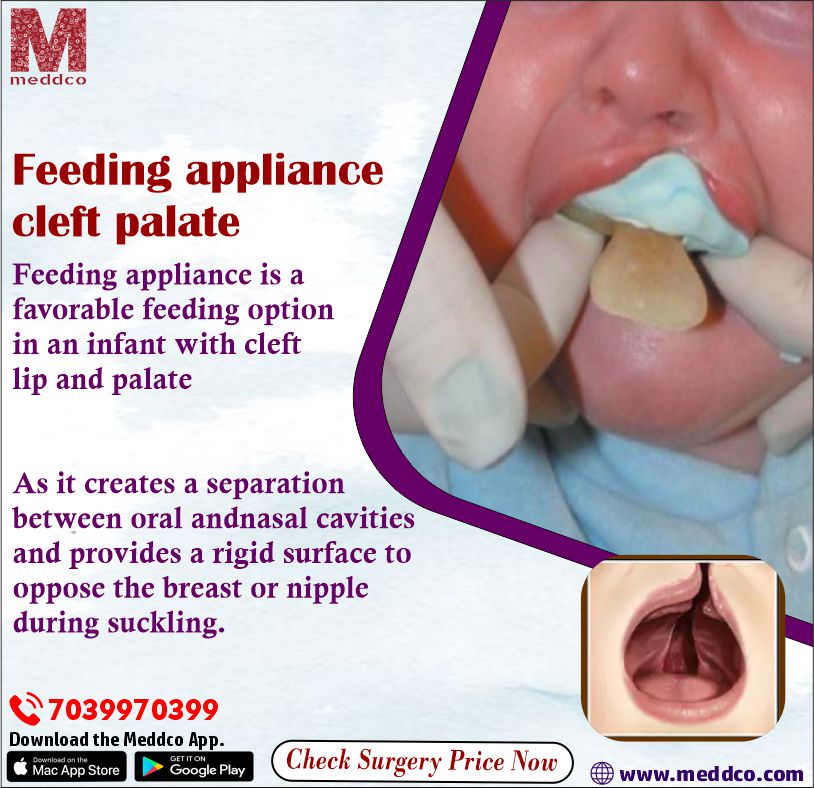

: Admin : 2022-06-22
One of the most frequent craniofacial abnormalities is cleft lip and palate. During the first few days after birth, infants have a lot of difficulties sucking. Parents experience psychological stress as a result of incorrect feeding and are at risk of nutritional deficiency. As medical technology advances, comprehensive correction of cleft lip and palate is undertaken in the later stages of newborns. It is a multidisciplinary strategy including pedodontists, oral surgeons, prosthodontists, and speech therapists. A cleft is a gap in the palate that may exist at birth. It may, however, arise as a result of trauma, sickness, or surgery. For example, in certain situations, oral cancer therapy includes surgery to remove a portion of the palate. When the palate is correctly formed, it moves in different locations when you talk, allowing you to enunciate effectively without using excessive nasal tones, and it moves in various positions when you eat or drink, preventing liquid and food from entering your nose when you swallow. These daily activities, as well as tooth growth and location, might be affected by a cleft palate.
Palatal obturator (dental plate)
Advantages of using feeding appliance include
Cleft Palate Treatment
Although surgery is typically effective in covering the palate, a cleft palate obturator is sometimes required to entirely cover the hole. An oral prosthesis is an obturator. They create a mould of your mouth before building the gadget out of plastic or metal. If the opening in the palate recurs after surgery, an obturator may be utilised as an alternative to surgery or as a temporary remedy until surgery is suitable.
Proper eating is necessary for good growth in newborns with cleft palates, hence an obturator is indicated. The prosthesis makes it simpler for adults and children to eat and swallow, allowing them to acquire enough nourishment. It also helps with straightforward communication and reduces anxiety caused by speech difficulties.
If all or part of the palate was removed as a consequence of trauma or surgery, an obturator may be implanted immediately. The first prosthesis is often replaced ten to fourteen days later with a transitional one that may be changed until the location heals. This transitory period might span anywhere from two to 24 months. After healing is complete, a long-term obturator is made and placed over the wound.
MEDDCO.COM is India's first digital pricing online platform, where price transparency is the key.
Our website allows user to search for surgical procedure diagnostic test and other healthcare services amongst various hospital and
healthcare provider in and around the location of user to compare the cost of services, compare the quality of services by the user
rating/reviews to take informed decision.
On our website you can find the best package price for Feeding Appliance. You can also book an online appointment through our website.
For more information visit our website.
Related Articles
No Comments